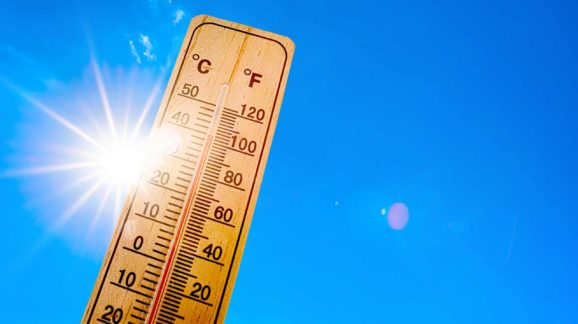The UN’s IPCC Report is a Code Red for Climate Alarmism
This seems odd: This summer, the United Nations’s Intergovernmental Panel on Climate Change released the near-final version of its “Sixth Assessment Report,” an apparently comprehensive survey of the climate literature since the last one in 2014.
The reactions have been predictable. U.N. Secretary-General Antonio Guterres said it is “a code red for humanity.” Linda Mearns, one of the nearly 300 authors and a federal climatologist in Boulder, Colorado, said there will be “nowhere to run, nowhere to hide,” and that “it’s just guaranteed that it’s going to get worse.”
Reading the report gives the impression the weather is getting much, much worse. What it doesn’t say is that people are getting much, much better at adapting to “extreme” weather events.
Most people who worry about these things are familiar with the University of Colorado’s Roger Pielke Jr. research, which uses reinsurance company damage data (Munich Re) and the World Bank economic figures to determine weather losses as a percent of global gross domestic product. His study, which begins in 1990, shows a slight decline — but let’s be conservative and say there’s certainly no evidence showing an increase, despite near-daily lurid stories on cable TV or in large legacy newspapers.
This is especially true in the United States, which arguably has the most frequent violent weather of any settled place on Earth (Antarctica is not settled). Pielke also shows a remarkable decline in hurricane and tornado damages, expressed as a percent of GDP.
Perhaps the most stunning evidence for human adaptation is in a paper recently listed on Judith Curry’s climate blog . Published two years ago in the peer-reviewed journal Global Environmental Change, the paper by Giuseppe Formetta and Luc Feyen is called “Empirical evidence of declining global vulnerability to climate-related hazards.”
The title says it all. There is global evidence that people are becoming less susceptible to big weather events — again, after adjusting for the number of the exposed population (for fatalities) or the amount of GDP exposed.
The results are so striking that it’s amazing they have been virtually ignored. Quoting from their paper:Improved protection against hazards has counter-balanced the effects of increasing exposure on disaster risk, with the global average 2007–2016 multi-hazard human mortality and loss rates dropping of about 6.5 and nearly 5 times as compared to the period 1980–1989, respectively. [Emphasis added.]
There’s also a clear negative relationship between weather vulnerability and wealth, which means people will adapt so long as they have the economic wherewithal. Further, as poorer nations develop, worldwide disparities in adaptation will go down. Tropical cyclones that killed hundreds of thousands in Bangladesh (like the Bohla storm in 1970) would result, at most, in a few thousand casualties today.
Their first study period roughly coincides with the start of the second global warming period of the 20th century. The end year (2016) represents a peak in temperature due to a very strong El Niño event. It was a period of warming. Between that and an earlier warming period (1910-1945), the global surface temperature is up a bit over one degree Celsius.
The problem is that even if we stopped emitting all carbon dioxide today, the global average temperature increase in the coming decades would be at least 1.5 degrees Celsius, at least according to most computer climate models. Therefore, it is nearly inevitable that the rise in temperature will exceed the threshold beyond what IPCC claims (without any real scientific evidence) the weather will abruptly turn far worse as if by magic.
Read the full article at the Washington Examiner.
